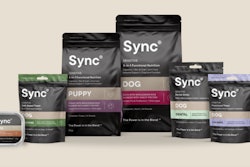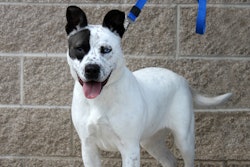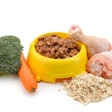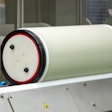
One of the highlights of the 2025 Poultry Science Association (PSA) annual meeting, held in Raleigh, N.C., was the symposium on July 17, where poultry industry challenges and research needs were discussed. The U.S. broiler, turkey and layer industries aren’t always facing the same challenges, but disease management and food safety topped the list for all.
Disease management takes priority
The disease challenges U.S. poultry producers face should be the top research priority, agreed Lindy Chiaia, Ph.D., vice president of scientific and regulatory affairs, National Turkey Federation (NTF); Oscar Garrison, senior vice president of food safety, United Egg Producers (UEP); and Ashley Peterson, Ph.D., senior vice president of scientific and regulatory affairs, National Chicken Council (NCC). In addition, research focused on highly pathogenic avian influenza (HPAI) was listed as the top need for all three sectors of the poultry industry.
Chiaia explained that HPAI has devastated the U.S. turkey industry over the past three years, killing nearly 19 million turkeys. Despite improved biosecurity measures, infections continue even in facilities with stringent biosecurity.
"If we don't have healthy birds making it to the processing plant, we don't have an industry," Chiaia said, emphasizing the need for prevention research, including vaccination studies and additional humane depopulation methods.
Garrison said HPAI continues to devastate the U.S. table egg laying industry, with 139 farms affected since 2022 and 138.1 million birds lost. The virus has spilled over to dairy cattle, raising concerns about cross-species transmission. Research has found that 60% of mice on affected farms test positive for the virus, highlighting gaps in understanding the pathogen's life cycle and transmission routes.
"Even state-of-the-art biosecurity facilities with shower-in, shower-out protocols are still experiencing outbreaks," Garrison said, emphasizing the need for improved prevention strategies.
Peterson emphasized the need for more epidemiological research to understand how the virus enters chicken houses and spreads between facilities.
"We've not been successful at eradication of that virus, and we may never eradicate the virus," Peterson said, noting the significant viral burden in the environment from wild birds.
She said the industry also needs early disease detection technologies that can survive harsh poultry house environments while remaining cost-effective. Peterson highlighted potential applications for artificial intelligence and acoustic monitoring systems.
HPAI is not the only disease challenge
Chiaia said avian metapneumovirus (AMPV) has emerged as an even greater challenge throughout the past year, after marking its first appearance in two decades. While imported vaccines have provided some relief, optimal vaccination protocols and supplementary control measures remain unclear.
Turkey reovirus rounds out what Chiaia calls the "viral trifecta" of top disease priorities. She said that the industry desperately needs a vaccine and turkey-specific diagnostic tools. The industry has committed more than US$1 million through its foundation to incentivize reovirus vaccine development.
Garrison said advancing vaccine development, virus elimination strategies and understanding pathogen persistence in production environments are top research priorities for the egg industry.
Food safety research gaps
Peterson highlighted this list of critical food safety needs for the broiler industry:
- A Campylobacter vaccine, which currently doesn't exist
- Serotype-specific Salmonella interventions
- Live Salmonella vaccines approved in other countries but not the U.S.
- Better tracking methods for Salmonella serotypes across the production chain
Peterson suggested CRISPR technology could help determine how serotypes change from breeding through processing, potentially enabling predictive models. She said the industry also seeks alternatives to peracetic acid, the primary antimicrobial intervention, due to potential regulatory concerns about worker safety.
Chiaia said food safety research needs for the turkey industry include better understanding of Salmonella contamination patterns from hatchery to processing, improved rapid testing technologies and additional vaccines beyond the two available commercial Salmonella Typhimurium products.
Garrison said that as Salmonella enteritidis cases in layers decline, researchers are tracking emerging pathogens and adapting testing protocols accordingly. He stressed the importance of industry-researcher collaboration, noting that UEP will financially support projects that benefit the industry. The organization works closely with its scientific advisory committee to balance producer needs with scientific priorities.
"We need more face-to-face conversations between industry and researchers," Garrison said. "We know our producers and industry challenges, you know the research. We need to bridge that gap."

















